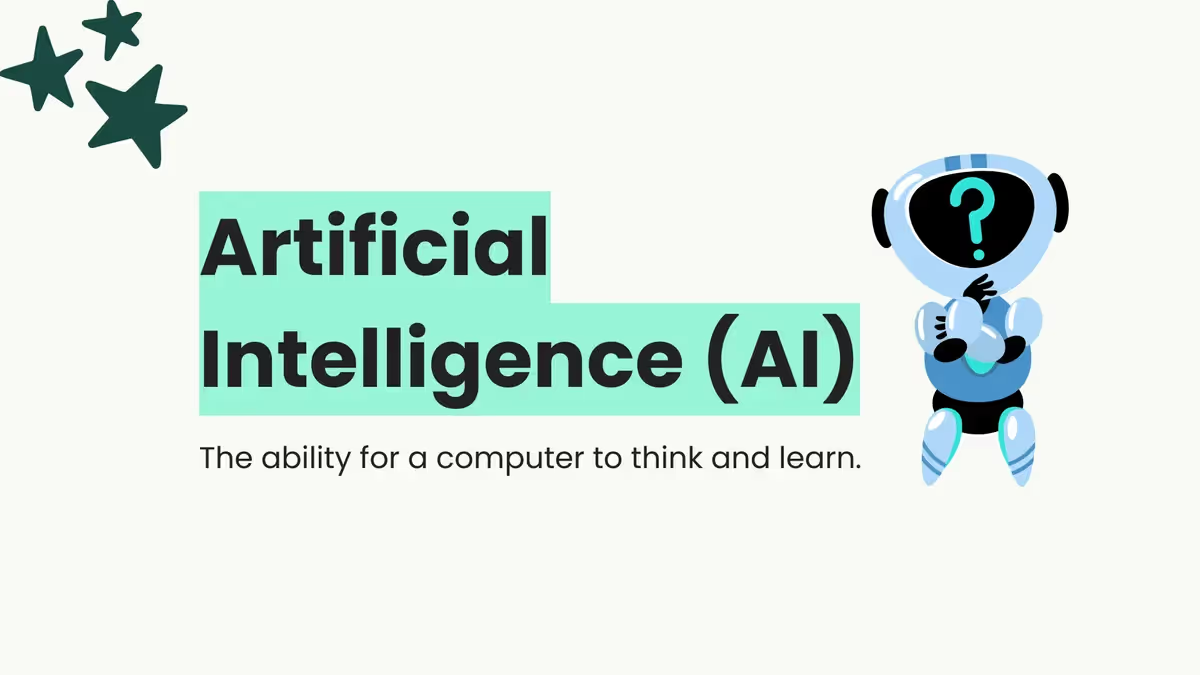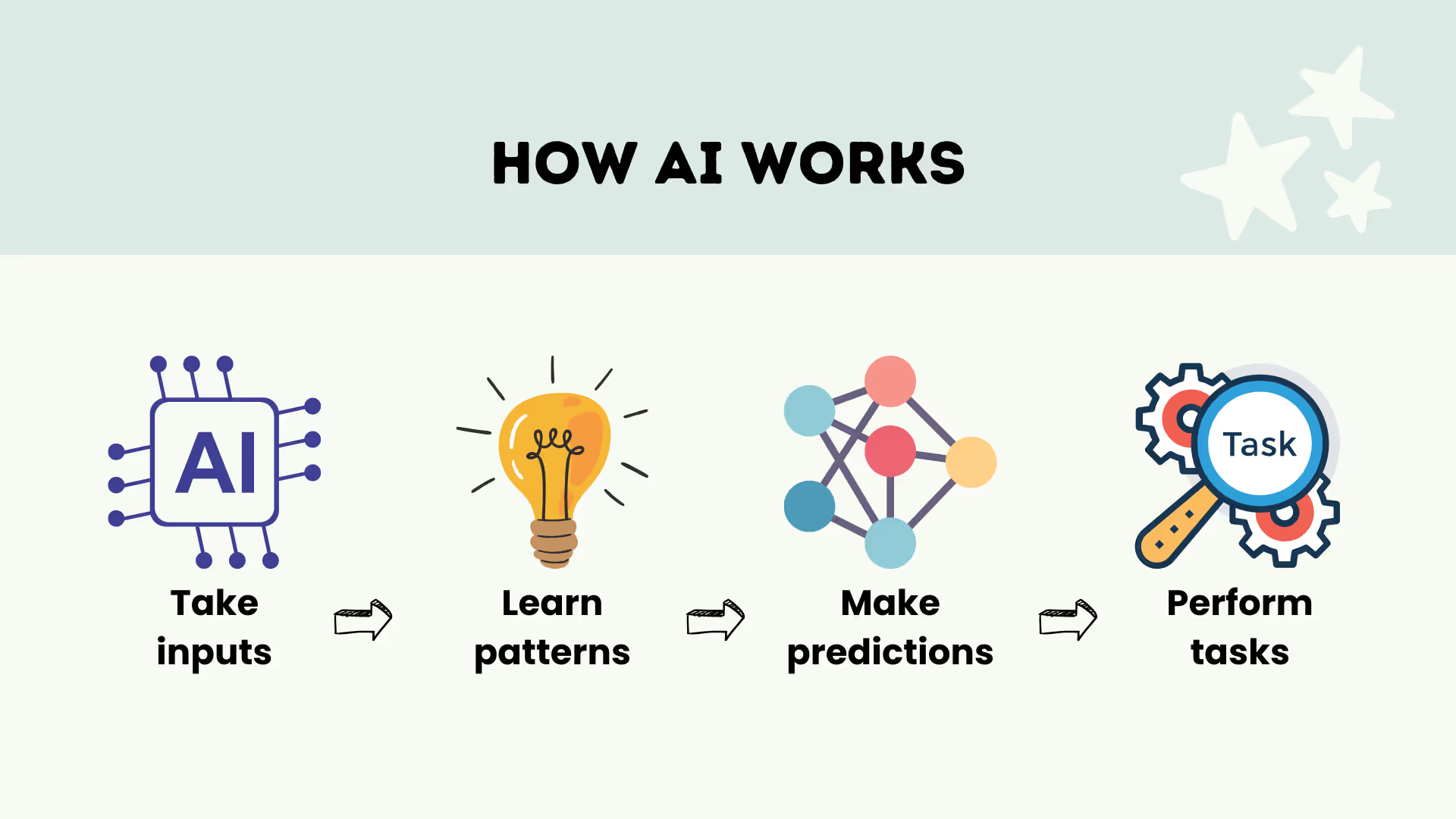Learn the basics of AI and Generative AI, their practical applications in education, and how they work.

AI is the buzzword everywhere—from headlines hyping its transformative potential to debates about its risks and impact. In education, it's at the center of both excitement and hesitation. Teachers wonder: Can AI genuinely make teaching easier, or is it just another trend? To cut through the noise, we need a clear understanding of what AI really is.
Let's start with the basics and lay the groundwork for how this technology is already shaping classrooms in practical, meaningful ways.
P.S. If you want to explore more, browse our free certified online courses on Generative AI for Educators and Teachers that dive deeper into these concepts.
Artificial Intelligence, or AI, is a type of technology that allows machines to perform tasks typically requiring human intelligence. These tasks include recognizing patterns, answering questions, and even predicting outcomes based on data. But AI isn't magic; it's smart computing that learns from data to improve over time.

Think of AI as your ultra-fast assistant. It processes massive amounts of information, looks for patterns, and provides answers or solutions. For example, if you're grading 100 essays, AI could quickly learn your grading style and handle the task in minutes, saving you hours of work.

There are two main types of AI:
Generative AI is a specialized form of AI designed to create original content, such as text, images, music, and videos, based on input prompts. Unlike traditional AI, which focuses on analyzing data or following set rules, Generative AI excels in producing new and creative outputs tailored to your needs. It's a transformative tool for educators and professionals alike.
Generative AI is powered by machine learning. This is a process where AI learns patterns from huge amounts of data—like billions of sentences, images, or sounds—and uses those patterns to create something new. Let's break it down:

Knowing how Generative AI works helps you get the most out of it. For example:
Generative AI is revolutionizing teaching by simplifying time-intensive tasks, creating tailored resources, and enhancing student engagement. Here's how it's used in education:
The bottom line is, educators can use AI to transform their classrooms into hubs of innovation, efficiency, and personalized learning.
AI and Generative AI revolutionize teaching by automating repetitive tasks like grading, creating tailored resources, and analyzing student performance for actionable insights. These tools enhance classroom learning by saving time, boosting engagement, and personalizing instruction to meet diverse student needs. By mastering how these technologies work, educators can create more efficient, innovative, and impactful teaching strategies.

AI for Teachers
We’re the Monsha Team—a group of educators, engineers, and designers building tools to help teachers combat burnout and get back to life.. Our blogs reflect real classroom needs, drawn from conversations with educators around the world and our own journey building Monsha.
Join thousands of educators who use Monsha to plan courses, design units, build lessons, and create classroom-ready materials faster. Monsha brings AI-powered curriculum planning and resource creation into a simple workflow for teachers and schools.
Get started for free